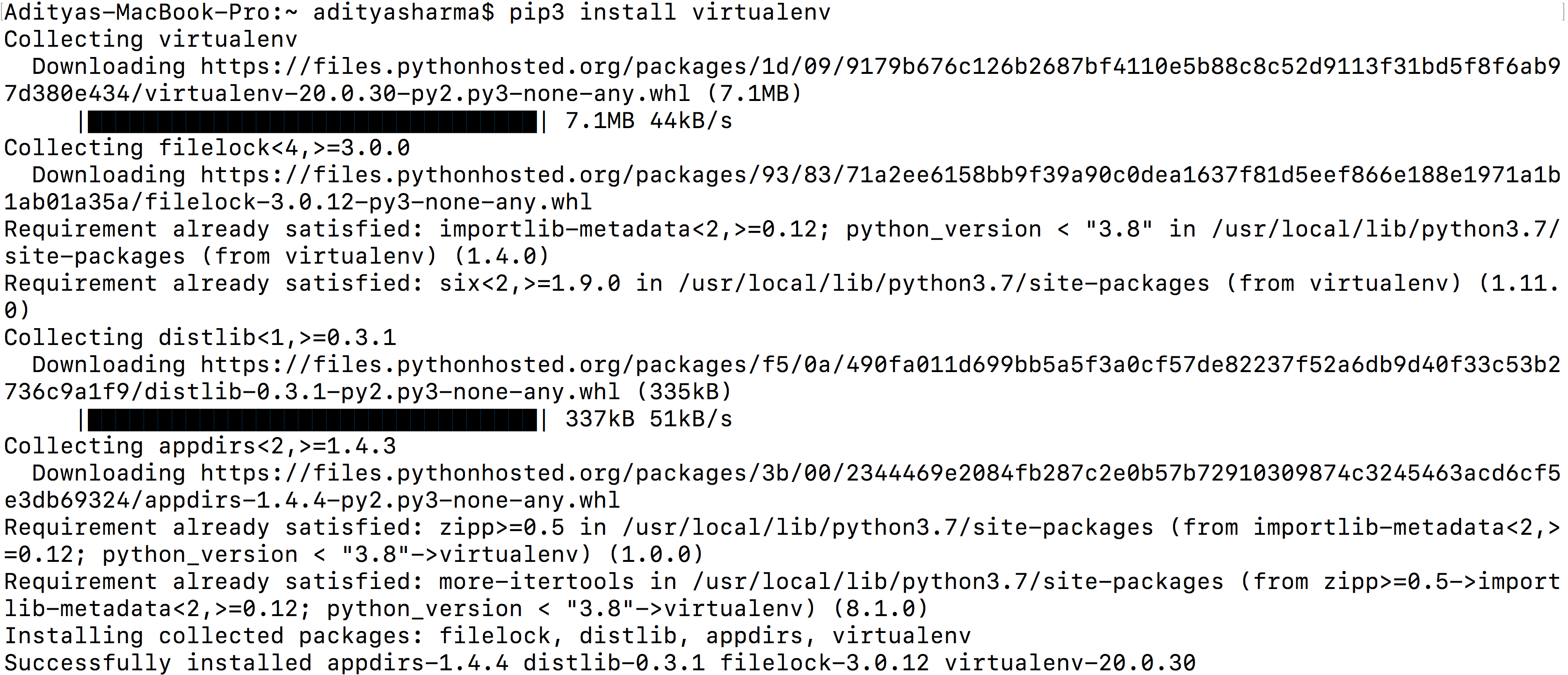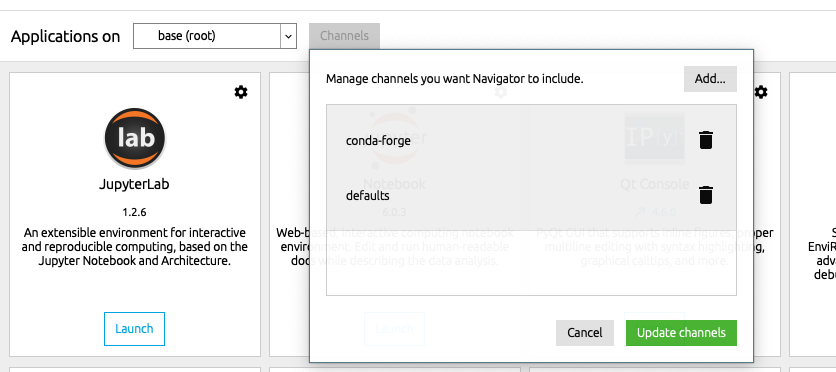

Do something like: conda create -n my-conda-env creates new virtual env conda activate my-conda-env activate environment in terminal conda install jupyter install jupyter + notebook jupyter notebook start server + kernel inside my-conda-env. Conda Install Package Jupyter Notebook Images Best Images the day at Images. You’ll then see the following screen where you can type your code:įor example, you can create a simple DataFrame in R using this syntax: df <- data. Option 1: Run Jupyter server and kernel inside the conda environment. Next, click on ‘New’ on the top right-hand-side of your screen:įinally, select ‘R’ from the drop-down list: Then, click on the button to launch Jupyter:

To launch Jupyter Notebook, first open the Anaconda Navigator: It’s most well known for offering a so-called notebook called Jupyter Notebook, but you can also use it to create and edit other files, like code, text files, and markdown files. Anaconda conveniently installs Python, the Jupyter Notebook. Type ‘ y‘ and then press ENTER to proceed:Īfter a short period of time your installation will be completed: JupyterLab is a web-based, interactive development environment. Installing Jupyter using Anaconda and conda For new users, we highly recommend installing. The command would look like this in the Anaconda Prompt (press ENTER to proceed with the installation): To install GeoPandas and all its dependencies, we recommend to use the conda package manager. Next, type/copy the following command in order to add R to Jupyter: conda install -c r r-irkernel You’ll then see the following screen with your user name: Steps to Add R to Jupyter Notebook Step 1: Open the Anaconda Prompt
#CONDA INSTALL IPYTHON NOTEBOOK FULL#
You can add R to Jupyter Notebook by typing this command in the Anaconda Prompt: conda install -c r r-irkernelīut just in case you were wondering, here are the full steps to add R to Jupyter Notebook from scratch.


 0 kommentar(er)
0 kommentar(er)
